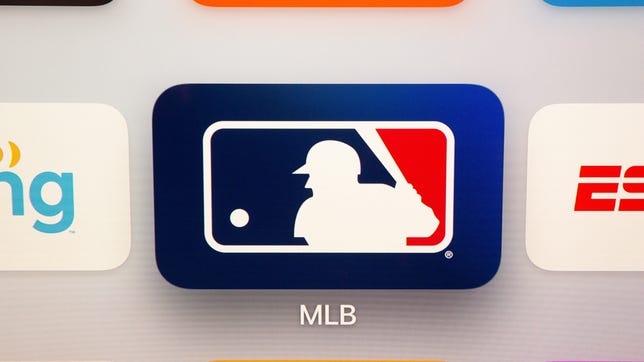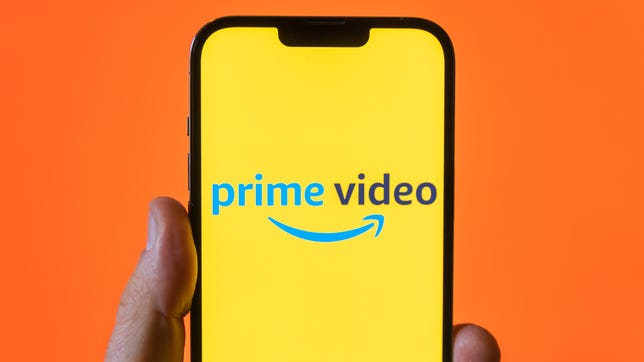Technologies
Best Streaming Service Deals From T-Mobile, Verizon and More
These money-saving deals can help you save on HBO Max, Netflix, Disney Plus, MLB.TV and other streaming services.

In an era of Disney Plus, Netflix, Hulu, Paramount Plus, HBO Max and Peacock, there seem to be nearly as many streaming services as there are days in a month. With subscription prices constantly rising,the cost of signing up for more than one service can quickly rival an old cable bill.
Depending on your cellphone service, however, there could be ways to score discounts on one or more of these options. Some T-Mobile plans can get you a free subscription to Netflix and Apple TV Plus. Verizon offers the Disney Bundle (Disney Plus, ESPN Plus and Hulu) with certain plans, while one of Cricket Wireless’ unlimited plans includes ad-supported HBO Max.


Get the best price with CNET Shopping.
Love shopping online but don’t have time to compare prices or search for promo codes? Our CNET Shopping extension does that for you, so you always get the best price.
Let’s break down the best streaming service deals that are available now from each carrier.
Read more: Best Streaming Service Deals
Verizon
Sarah Tew/CNET
Have your sights set on Disney Plus?
Verizon includes the Disney Bundle — subscriptions to Disney Plus, Hulu and ESPN Plus that run a combined $15 a month — with its 5G Play More and 5G Get More unlimited plans. Other plans, such as its most affordable Start and Welcome Unlimited plans, have six-month trials of Disney Plus included, but not the bundle.
Verizon allows mixing and matching with most of its unlimited plans, so as long as one line on your account has a Play More or Get More plan, you will be able to get the perk. Note that it is only one Disney subscription per Verizon account, not per individual line.
The deal works for both new and existing Disney Plus subscribers, so if you already have a subscription you can either cancel or, if you have the six-month trial, have the Verizon subscription run first and then have your regular subscription continue after.
It is also worth noting that the Disney Bundle Verizon offers includes ad-free Disney Plus (though Hulu still has ads). Disney’s regular triple play offer starts at $13 per month but has ads for Disney Plus and Hulu. Going ad-free for Disney Plus and Hulu in a triple play with ESPN Plus runs $20 per month.
According to Verizon’s website, both the Disney Bundle and six-month Disney Plus offerings are available until May 17. Verizon didn’t immediately get back to us about whether the deals would be extended past that date or what would happen to those who have already signed up.
Apple
On top of its Disney-related perks, Verizon includes Apple One with its One Unlimited for iPhone plan.
You can’t mix and match One Unlimited for iPhone with other unlimited plans, so all of your phone lines will need to be on the plan if you want the perk. One line gets you Apple One’s individual plan, which includes 50GB per month of iCloud Plus storage plus access to Apple Arcade, Apple Music and Apple TV Plus. Two or more lines get you Apple One’s family plan, which bumps the iCloud Plus storage to 200GB per month and adds the ability to share with up to five other users.
Apple One individual plan runs $17 per month while the family plan costs $23 per month.
You can learn more about what’s required to get Apple One with Verizon on Verizon’s website.
T-Mobile
Sarah Tew/CNET
T-Mobile, through its Netflix on Us perk, has long offered free Netflix on some of its unlimited plans, including Magenta and its newer Magenta Max option. Older plans, called One and One Plus, also have Netflix included. The version of Netflix you get depends on your plan and how many lines you have.
Currently, any type of Magenta plan will get you Netflix Basic, so long as you have multiple lines. The exception is a Magenta Max plan, where you’re required to have only one line. If you have multiple lines of Magenta Max, you’ll get Netflix Standard instead. The basic version typically runs $10 a month and lets you watch on a single screen at a time. The standard version is the most popular version of Netflix that runs $15.49 a month and allows viewing on two screens. Full details, including what you’d need to pay if you want to upgrade to a higher plan like the 4K-capable Netflix Premium, can be found on T-Mobile’s website.
Note: It’s one Netflix subscription per T-Mobile account, not per individual line.
Sarah Tew/CNET
In addition to Netflix, T-Mobile offers free Apple TV Plus as a perk. The Apple TV Plus deal is available to new and existing T-Mobile customers, but, like the Netflix deal, it varies based on your plan.
It is worth noting that T-Mobile doesn’t let you «mix and match» different plans on a family account, so you can’t have one person be on Magenta Max and get the Netflix and Apple TV Plus perk and then have other lines on cheaper Magenta plans.
A subscription to Apple TV Plus, normally $7 per month, is included with Magenta Max and specialized plans like Magenta Max 55+, Magenta Max Military and Magenta Max First Responder, among other plans. Six months of Apple TV Plus are included with plans such as Magenta, specialized Magenta plans and Sprint ONE. The company lists more eligible plans and how long they get Apple TV Plus on its website.
Sarah Tew/CNET
Are you a baseball fan? MLB.TV costs $150 per year, but customers with T-Mobile, Sprint or Metro by T-Mobile can receive a free one-year subscription to stream Major League Baseball games and events.
The deal kicked off last week just before the start of the 2023 season and runs through April 4 at 4:59 a.m. ET, and customers can redeem the limited-time offer through the T-Mobile Tuesdays app. Bear in mind that you won’t be able to stream live games in your local market with MLB TV, including those on local regional sports networks or games airing on national platforms like ESPN or TBS.
Metro by T-Mobile
James Martin/CNET
Metro by T-Mobile includes a subscription to Amazon Prime with its heritage $60 rate plan with Amazon, which differs from its regular $60 per month unlimited plan that is currently available online. To get Prime, you need to call Metro by T-Mobile customer service and request it. In addition to two-day free shipping, it also means you’ll have access to Prime Video, for streaming movies and shows like Shotgun Wedding, The Boys and The Lord of the Rings: The Rings of Power.
In addition to Prime, the plan also includes 100GB of Google One storage and 15GB of mobile hotspot. As its name suggests, Metro by T-Mobile is owned by T-Mobile and runs on its network.
Cricket
Sarah Tew/CNET
Cricket Wireless, which is owned by AT&T, has added a deal that will bundle a subscription to the ad-supported version of HBO Max with the carrier’s $60-a-month unlimited plan. The streaming service gives you access to all HBO content as well as Max originals such as Peacemaker, The Flight Attendant and Our Flag Means Death.
Note: It’s one HBO Max subscription per Cricket account, not per individual line.
Technologies
iOS 26: AI Summaries Come Back to iPhone News Apps, but With a Warning
Apple initially disabled these summaries in January.
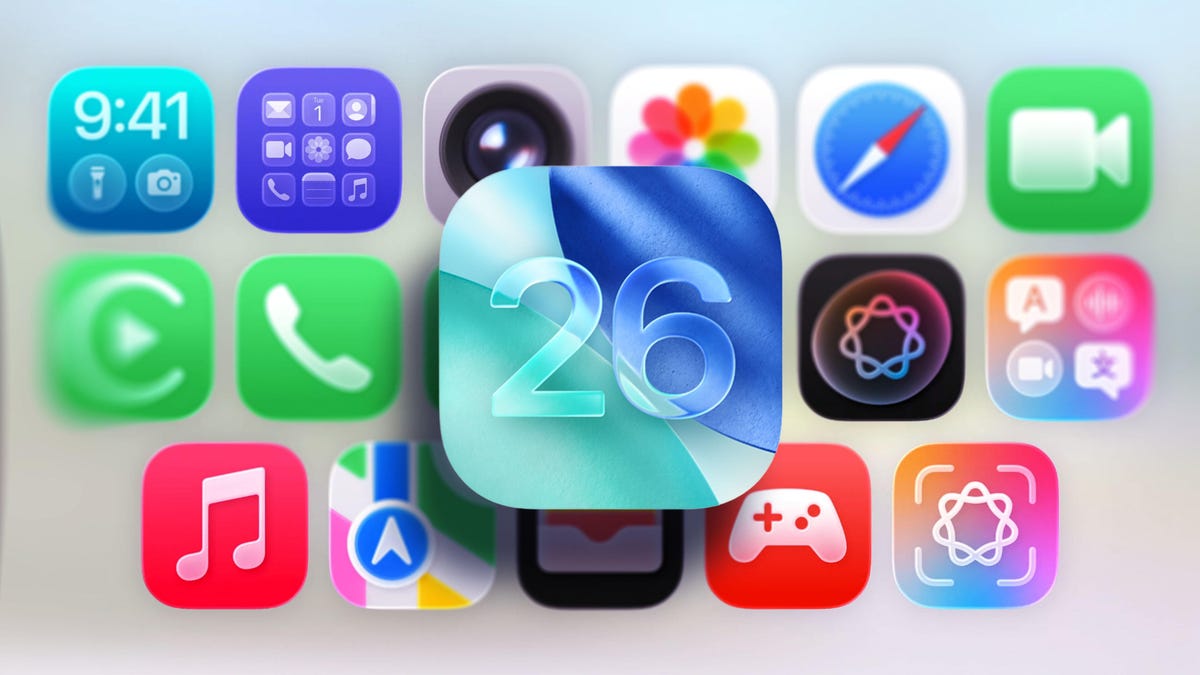
Apple released iOS 26 on Monday, a few months after the company announced it at the June Worldwide Developers Conference. The update brings a new Liquid Glass redesign, call screening and hidden features to your iPhone. The update also brings AI notification summaries for news and entertainment apps back to Apple Intelligence-enabled iPhone.
Apple disabled AI notification summaries for news and entertainment apps in January. That came a few weeks after the BBC pointed out in December that the feature twisted the media organization’s notifications and displayed inaccurate information.
Here’s what to know about those AI summaries and the new warning.
Don’t miss any of our unbiased tech content and lab-based reviews. Add CNET as a preferred Google source.
iOS 26 warns about summary inaccuracies
When I updated to iOS 26, I was greeted by some splash screens asking for various permissions. One splash screen was for the AI notification summaries. When you see this screen, you have two options: Choose Notifications to Summarize or Not Now. If you tap Not Now, the splash screen goes away.
If you tap Choose Notifications to Summarize, you’re taken to a new page where you’ll see three categories: News & Entertainment, Communication & Social and All Other Apps. Tapping one of these categories allows notification summaries for apps in that category. Beneath the News & Entertainment category, there’s a warning that gets outlined in red if you tap it.
«Summarization may change the meaning of the original headline,» the warning reads, adding, «Verify information.»
There’s also a warning across the bottom of the screen that reads, «This is a beta feature. Summaries may contain errors.»
After tapping the categories you want, tap Summarize Selected Notifications across the bottom of your screen. If you selected all the categories, this button will read Summarize All Notifications.
And if you don’t want these summaries, you can tap Do Not Summarize Notifications. If you allow these summaries and don’t like them, you can easily turn them off. Here’s how.
How to turn off AI notification summaries
1. Tap Settings.
2. Tap Notifications.
3. Tap Summarize Notifications.
4. Tap the Summarize Notifications toggle in the new menu.
You can also follow the above steps to turn AI notification summaries back on. You’ll have to select which categories you want these summaries for again, too.
For more on iOS 26, here’s my review of the OS, how to reduce the Liquid Glass effects in the update and how to enable call screening on your iPhone. You can also check out our iOS 26 cheat sheet.
Technologies
Amazon Prime Is Ending Shared Free Shipping. What to Know and When It Happens
How Prime Invitee program’s end could affect your free deliveries.
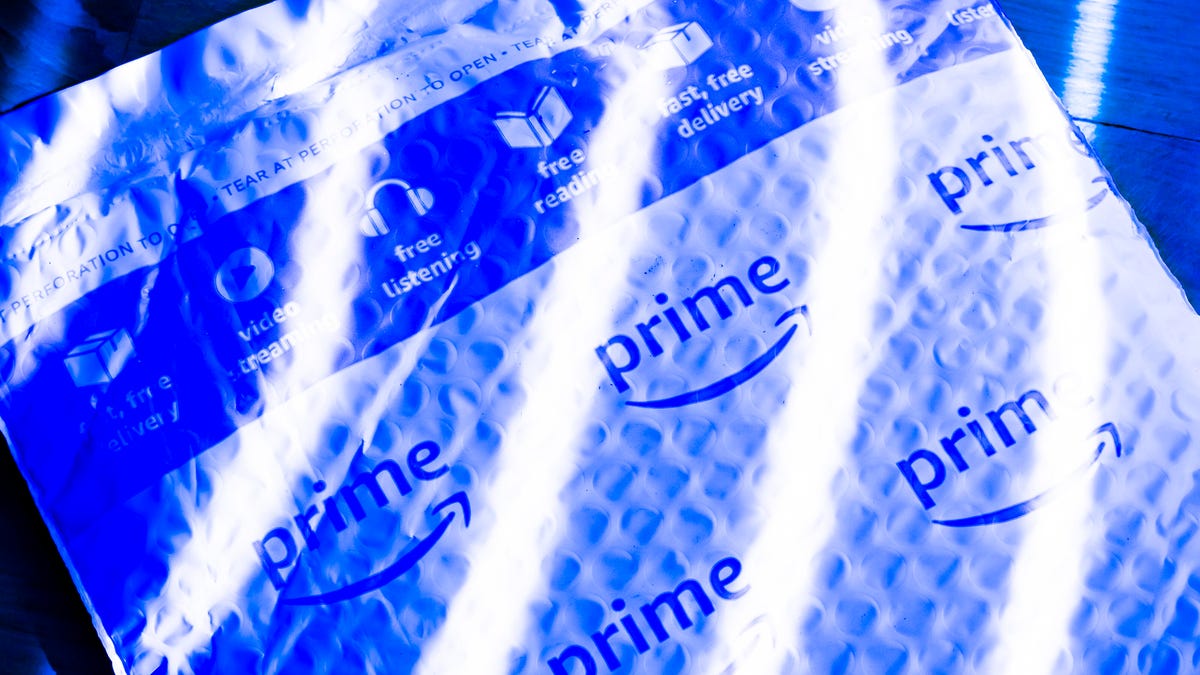
If you’ve been using someone else’s Amazon Prime membership for free shipping, but you don’t live in the same house, you may need to pay another subscription fee soon. According to Amazon’s updated customer service page, the online retail giant is ending its Prime Invitee benefit-sharing program Oct. 1.
Amazon’s Prime Invitee program is being replaced by Amazon Family, as reported earlier by The Verge. It includes many of the same benefits, but Amazon Family only works for up to two adults and four children living in the same «primary residential address» — a shared home.
You’ll still be able to use free shipping to send gifts elsewhere, but your Prime Invitees will no longer be able to use the perk.
Don’t miss any of our unbiased tech content and lab-based reviews. Add CNET as a preferred Google source.
Amazon isn’t the first company to prevent membership sharing between family and friends. The e-commerce giant is just the latest to follow Netflix’s account-sharing crackdown. While it’s unclear whether this change will work for Amazon, Netflix gained over 200,000 subscribers following its policy change. We also saw a similar account-sharing crackdown with Disney Plus and YouTube Premium.
Read more: More Than Just Free Shipping: Here Are 19 Underrated Amazon Prime Perks
What the Amazon Prime shipping crackdown means for you
If you’re the beneficiary of someone else’s Prime Invitee benefits, you have one more month to take advantage of the current program before the changes take effect.
Starting in October, you’ll have to get your own Amazon Prime subscription to benefit from the company’s free shipping program. First-time subscribers get a year of Prime membership for $15, but you’ll be stuck shelling out $15 a month to maintain your subscription thereafter.
Read more: Your Free Pass to Prime Day Deals (No Membership Required)
Why is Amazon ending the Prime Invitee program?
This move follows shortly after Reuters reported that Amazon’s Prime account signups slowed down recently despite an extended July Prime Day event. While the company reported blowout sales numbers, new Prime subscriptions didn’t meet internal expectations. In the US, they fell short of last year’s signup metrics.
According to Reuters, Amazon registered 5.4 million US signups over the 21-day run-up to the Prime Day event, around 116,000 fewer than during the same period in 2024, and 106,000 below the company’s own goal, a roughly 2% decline in both metrics.
By forcing separate households to have their own subscriptions, Amazon could be looking to attract more Prime accounts after previously failing to do so.
The new Amazon Family program (previously known as Amazon Household) offers Prime benefits to up to two adults and four children in a single home, including free shipping, Prime Video, Prime Reading and Amazon Music. The subscription also includes benefits for certain third-party companies, such as GrubHub.
Technologies
Pokemon TCG Pocket’s Pack Points System Needs an Overhaul Yesterday
The pack-opening pity points system is pitiful. There’s a very easy way to improve it.
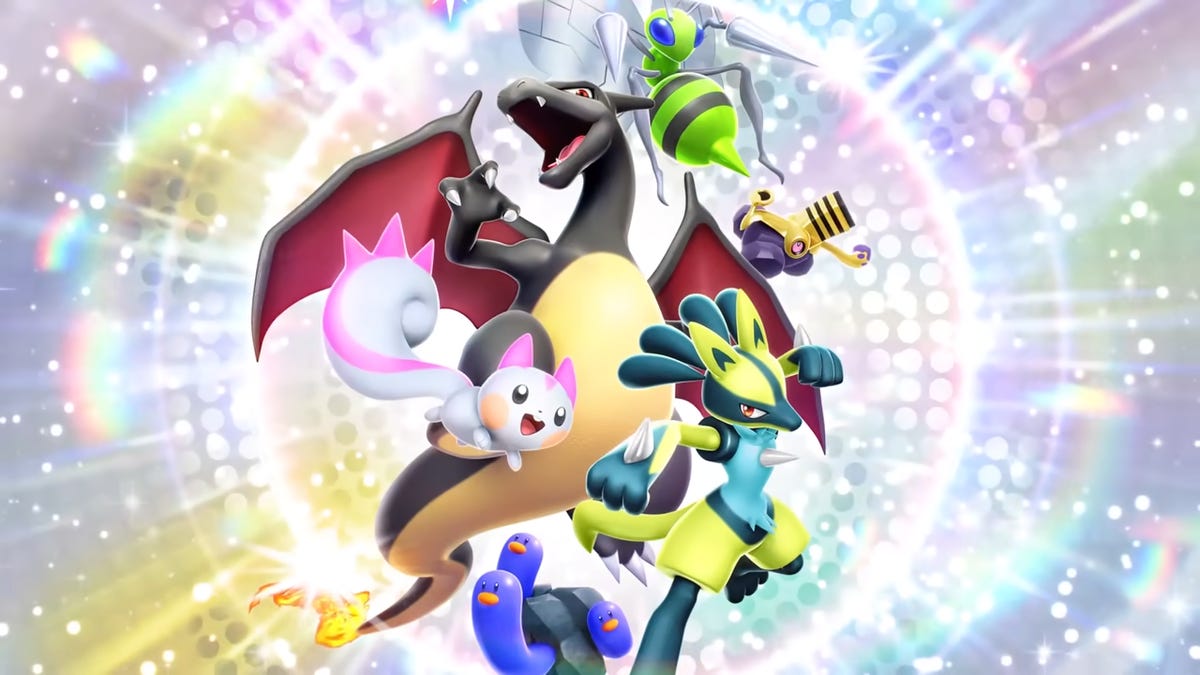
Pokemon TCG Pocket is more than a mobile game: It’s a money-making machine. The virtual trading card app raked in more than $900 million in its first six months, eclipsing even Pokemon Go’s revenue in the same post-release time span. As it turns out, fake Pokemon cards are just as much of a hot commodity as the real thing.
People love ripping open card packs, hunting down ones with their favorite illustrations of fan-favorite Pokemon. It feels great to beat the odds by pulling an elaborately-inked full art or a shiny secret rare. But it really starts to irk me when I’m missing only one or two cards from a set and I can’t get lucky enough to pull them out of a pack.
Pokemon TCG Pocket has a «pity points» system that’s supposed to make this feel less terrible: Every time you open a pack, you earn five pack points, which you can directly trade in for a card of your choosing.
You can trade in 35 points for a common card, but if you want to get the rarest cards from a set, they could eat up 500 points, 1,250 points or even a whopping 2,500 points each. That means you’d have to rip open 500 card packs in order to earn a single copy of one of Pokemon TCG Pocket’s rarest cards.
It sounds absurd (and it is), but that’s to be expected for a free-to-play game, especially one where the developer makes money by encouraging players to pay for extra card pulls. My real big issue with pack points is that they’re restricted to the expansion set you earned them in.
For example, I have 210 pack points for the latest card set, Secluded Springs, and I’ve been exclusively pulling those packs since it was released. I also have 700 pack points for the game’s first-ever expansion Genetic Apex — but those points are locked to Genetic Apex, and can’t be used for any other set. I’ve accrued hundreds of pack points, but they’re essentially useless to me because they won’t help me complete the sets I’m still missing cards in.
Pokemon TCG Pocket expansion sets are released on a monthly basis, which means no one really has time to earn enough pack points for a rare card before the next shiny slate of cards is dangled in front of your eyes. It propagates a desperate sense of FOMO that I’ve criticized in the past, but there’s a simple solution that would make the problem disappear overnight.
Instead of locking pack points to any one set, they should be an account-wide currency instead. Every time you earn pack points, they should be added to one large pool that you can use on any of the in-game card sets. That way, players wouldn’t have to feel a manufactured sense of guilt for ripping open packs from older sets.
While it’s customary for gacha games to have a pity system that guarantees a certain reward after a certain amount of pulls, it’s by no means a requirement for these games to have these systems. In a sense, I’m grateful that the pack points exist in Pokemon TCG Pocket in the first place.
I think we should always argue for a more consumer-friendly experience in modern gaming. Overhauling the pity system so that pack points can be used universally across all of the in-game card sets will make the game fairer and give more players a real chance to get the rarest cards.
It creates a greater sense of parity between free-to-play and paying players, and it might even cause some people to spend more money on pack openings to boot. Universal pack points are a win-win for players and DeNA alike.
-

 Technologies3 года ago
Technologies3 года agoTech Companies Need to Be Held Accountable for Security, Experts Say
-

 Technologies3 года ago
Technologies3 года agoBest Handheld Game Console in 2023
-

 Technologies3 года ago
Technologies3 года agoTighten Up Your VR Game With the Best Head Straps for Quest 2
-

 Technologies4 года ago
Technologies4 года agoVerum, Wickr and Threema: next generation secured messengers
-

 Technologies4 года ago
Technologies4 года agoGoogle to require vaccinations as Silicon Valley rethinks return-to-office policies
-

 Technologies4 года ago
Technologies4 года agoBlack Friday 2021: The best deals on TVs, headphones, kitchenware, and more
-

 Technologies4 года ago
Technologies4 года agoOlivia Harlan Dekker for Verum Messenger
-

 Technologies4 года ago
Technologies4 года agoiPhone 13 event: How to watch Apple’s big announcement tomorrow





